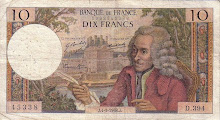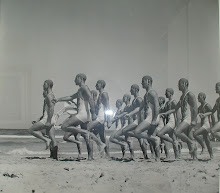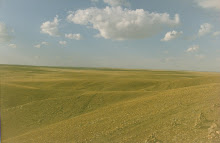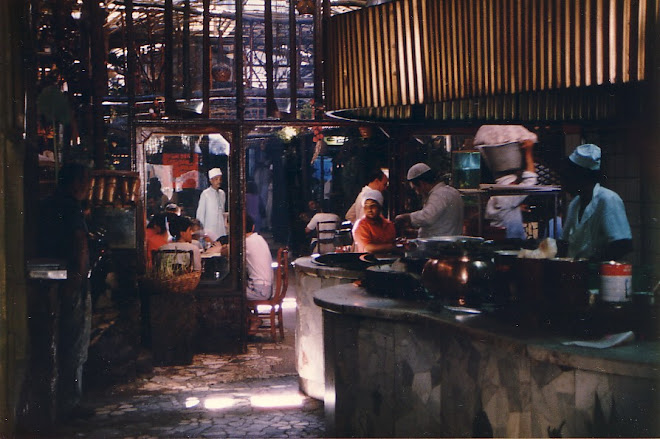To Nip and Tuck or Not - Voting of a Different Kind

It's Saturday morning and, as you do, I was online browsing 1925 Rolls Royce Phantom 1s for sale.
Usually of course they come like this ...






... and very nice indeed, well, at least for me.
Then to my real surprise I happened across this 1925 Phantom 1 curiosity ...

... which had started life in the above manner, bodied by Hooper.
In the 1930s, it was bought by the Raja of Nanpara and transformed by the Belgian coachbuilder, Jonckheere, into something more befitting the style of that decade, undergoing a number of more minor 'face lifts' over succeeding years ...
... before reaching it's present state of restored glory in 2005 ...






... winning many awards, including its first concourse entry in le Prix de Cannes (whatever that might be).
As I browsed over the site again, the question for me was which did I prefer - the 'before' or the 'after' version.
While it seemed somewhat sacrilegious to tamper with a classic Roller design, I must say the result was something unique and wonderful.
What's your opinion?















































![C18 Bronze Buddha [Southern China]](https://blogger.googleusercontent.com/img/b/R29vZ2xl/AVvXsEioLkgVKuhDoIHQgM1X6Oe2hGn75yqaj4OJXPmNpumXmQPKxB22S57YS5DVrl1P7zl7BS6EFpAtaNZPze7gzVCRiQI54bwdHhVa4fGr7NOChZwTZoo92gUen6tC5U8gWIy_pv92U0FB38M/s1600/Buddha+%255BBronze%252C+C18%252C+China%255D+1.jpg)













+1998+Cropped.jpg)










